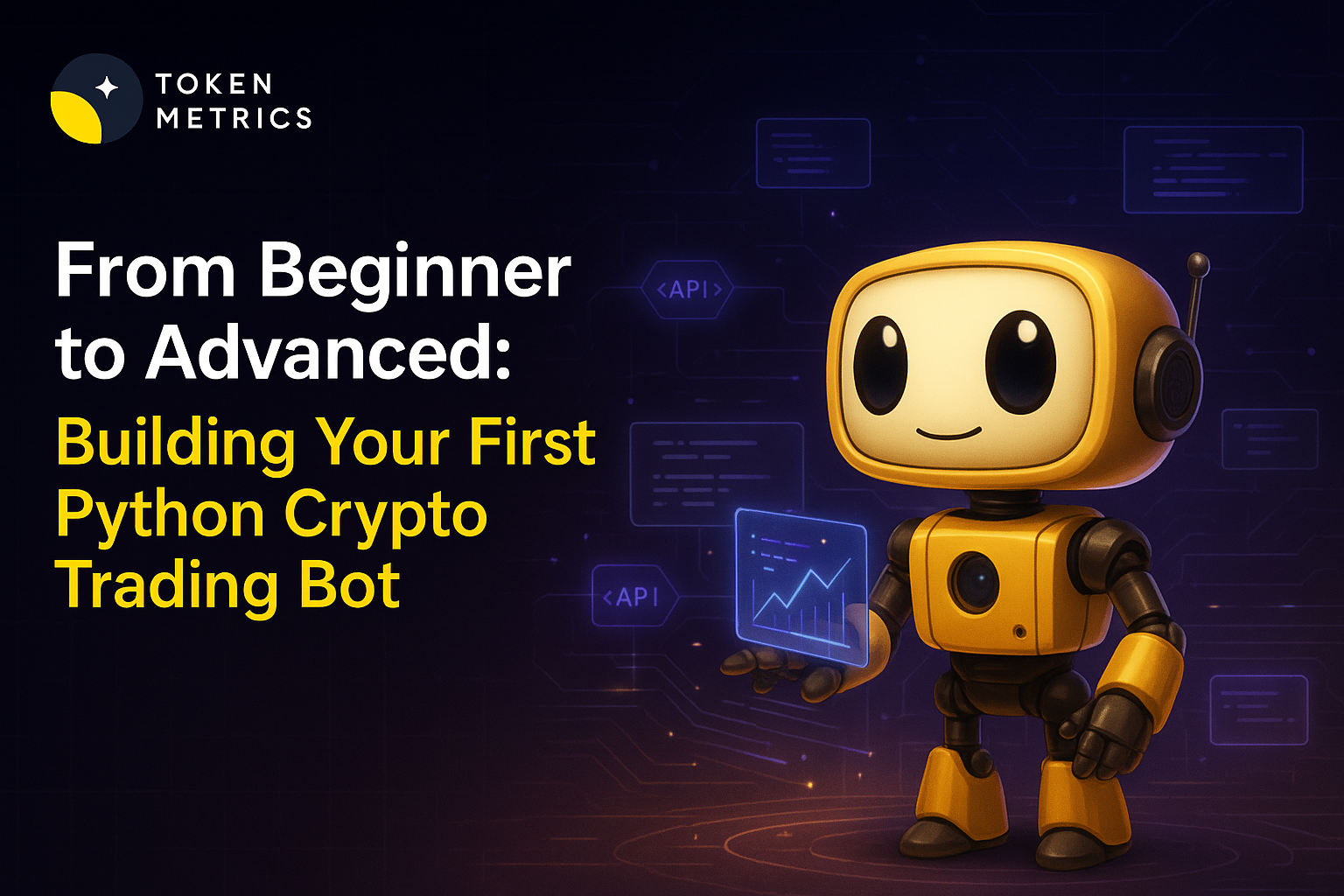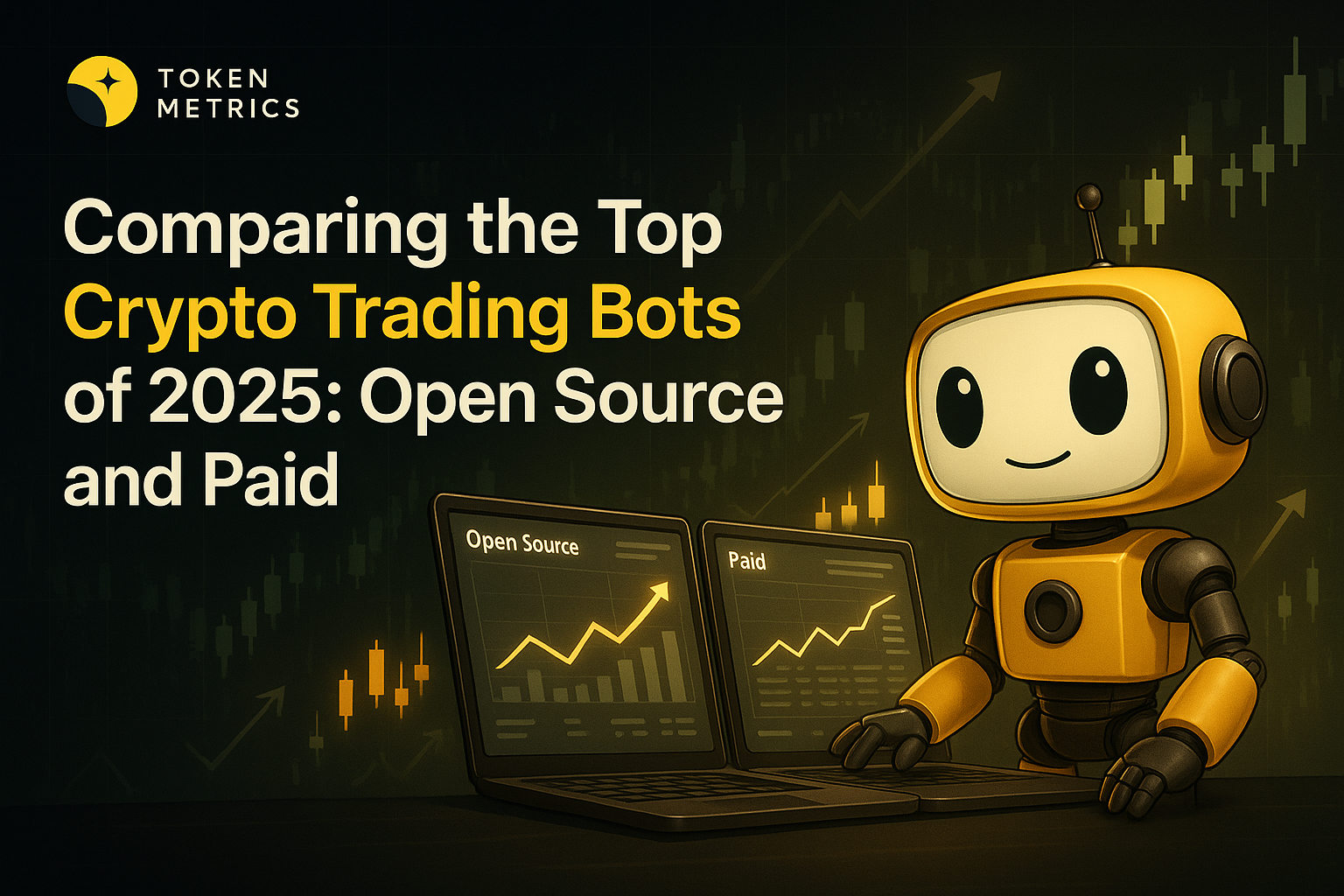
What is a Moonshot in Crypto?

What Does “Moonshot” Mean in Crypto?
In the fast-paced world of cryptocurrency, a “moonshot” refers to a crypto project or token that has the potential to achieve explosive, exponential gains — often 10x, 50x, or even 100x returns. The term originates from the phrase “to the moon,” a popular crypto meme used when the price of a coin skyrockets. Moonshots are speculative plays, typically centered around new, low market-cap projects that haven’t yet caught the mainstream’s attention.
While the rewards can be life-changing, the risks are equally significant. In this guide, we’ll explore what makes a crypto asset a moonshot, how to spot one early, the risk/reward tradeoff, and how you can approach moonshots like a pro.
What Qualifies as a Moonshot?
A moonshot crypto token isn’t just any new coin — it’s one with specific characteristics that make it ripe for explosive growth, including:
- Low market capitalization – Often under $50 million.
- Early-stage narrative – Not yet listed on major exchanges or hyped by influencers.
- Strong tokenomics – Well-designed supply, utility, and incentives.
- Community momentum – Organic engagement and growing social buzz.
- Unique value proposition – Solving a real problem or aligning with a hot trend like AI, DePIN, RWA, etc.
In short, moonshots are asymmetric bets. You risk a small amount for the chance of a massive return.
Why Moonshots Attract Attention
Moonshots appeal to both degens and visionary investors alike for one key reason: life-changing upside. A $1,000 investment in a 100x coin could turn into $100,000. That level of ROI is hard to find in any other asset class.
And unlike large-cap coins like Bitcoin or Ethereum, where double-digit gains are celebrated, moonshots are expected to multiply in value several times over — often within months.
The Risk Profile of Moonshots
For all their upside, moonshots come with steep risks:
- Volatility – Price swings of 30-50% in a day are common.
- Rug pulls and scams – Many new tokens are launched with malicious intent.
- Low liquidity – It can be hard to enter or exit large positions.
- Lack of transparency – Anonymous teams and unverified roadmaps are frequent.
Many moonshot projects don’t have sustainable business models, and some may never deliver a product. That’s why proper research and risk management are essential.
Real-World Examples of Moonshots
Here are a few historical examples of coins that were considered moonshots before they exploded:
- Shiba Inu (SHIB) – Initially written off as a Dogecoin clone, it reached over $40 billion in market cap at its peak.
- Axie Infinity (AXS) – From under $1 to $165 in 2021 during the NFT gaming boom.
- Solana (SOL) – Started under $1 and reached over $250 during the bull run.
Each of these projects had early believers who saw the potential before the crowd caught on.
🛠️ How to Evaluate a Moonshot
Here are key areas to assess when evaluating a potential moonshot:

Pro tip: Use tools like Token Metrics AI Grades to scan hundreds of low-cap tokens and detect promising moonshots early using data-driven metrics.
Moonshots vs. Traditional Crypto Investments

If you’re a long-term investor, moonshots should make up only a small percentage of your portfolio.
🧩 Why Timing Matters
Moonshots are all about timing. Catching a token before it gets listed on major exchanges or gains influencer exposure is key. Once the herd finds it, the 100x opportunity is usually gone.
Best times to enter include:
- Right after token generation (TGE)
- During stealth launches or fair launches
- Post-mainnet or major partnership announcement
💼 Should You Invest in Moonshots?
Only if you’re willing to lose what you invest. Moonshots are not for the faint of heart. They are ideal for small, high-risk allocations in your portfolio — think of them as lottery tickets with better odds, provided you do your homework.
To succeed in moonshot investing:
- Diversify across 5–10 bets
- Use stop losses or profit targets
- Stay updated daily
- Leverage data tools like Token Metrics
🔎 Final Thoughts: Moonshots are the Wild West of Crypto
Moonshots are where fortunes are made and lost. While they offer some of the most exciting opportunities in crypto, they require discipline, deep research, and a healthy risk appetite. Whether you're looking to turn $500 into $50,000 or simply want to understand what drives explosive gains in the crypto space, moonshots are a critical concept to grasp.

.svg)

Create Your Free Token Metrics Account

.png)




%201.svg)
%201.svg)


%201.svg)









.svg)




.png)